Ensuring better and careful functionality
Oil and gas field communications require reliable and robust wireless networks with high capacity that can operate over large areas in harsh environmental conditions. These networks should ideally provide broadband speeds and form a scalable foundation for securely supporting multiple applications that improve operational efficiency and safety on a single cost-effective physical infrastructure. Some of the applications that can benefit from wireless oil and gas communication networks includes Off-shore oil platforms, Automated storage and retrieval systems (ASRS), Coal bed methane, Refineries Terminal communication, Tank gauging and Gas- distribution. We envision a continual convergence of technology and applications in which the network is everything. Voice, data, and video may all require higher speed and bandwidth to be transported over the same network. Standard, off-the-shelf components and systems will be increasingly used to construct customized comprehensive solutions to ensure durability and serviceability.
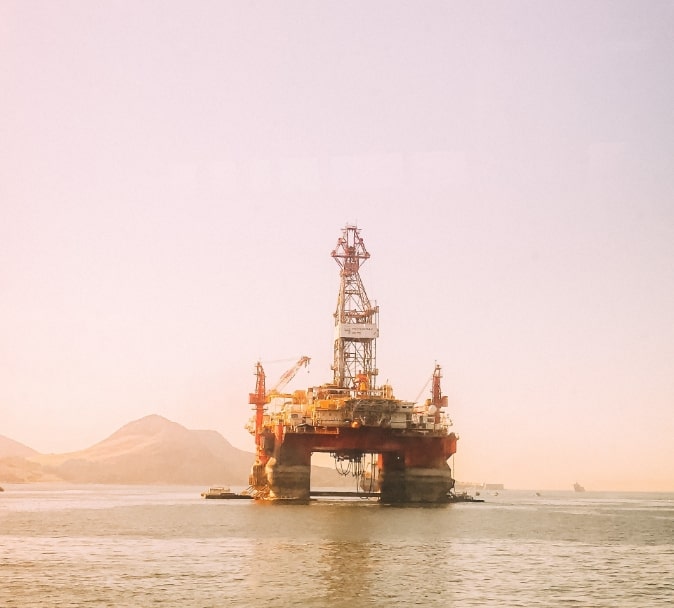
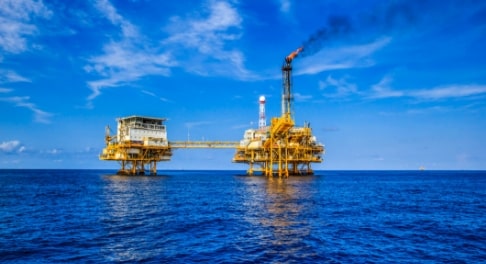
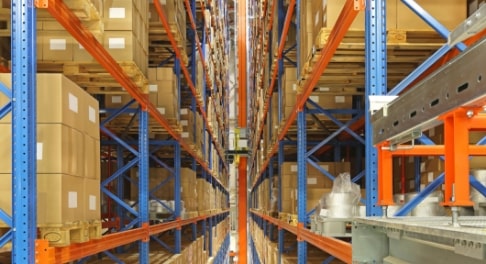
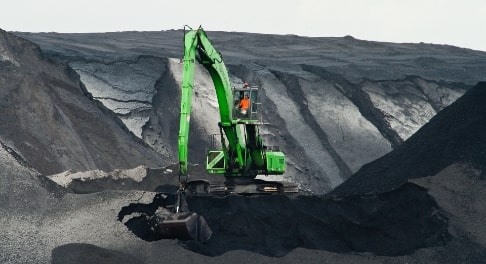
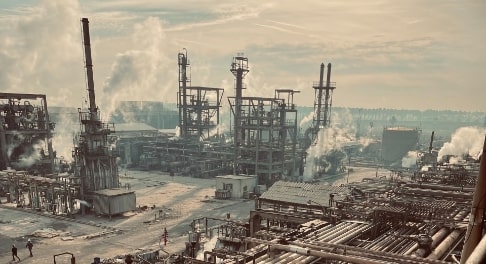
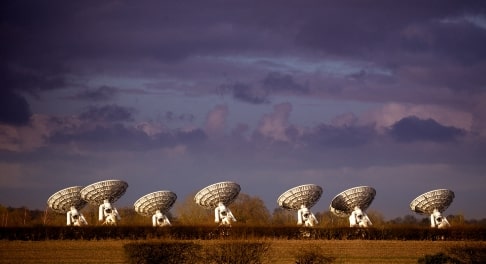
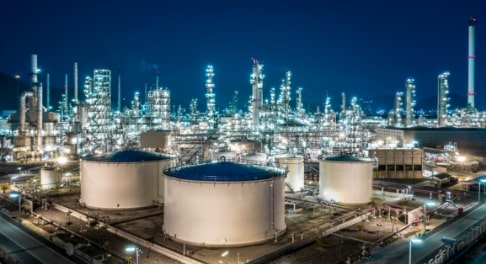
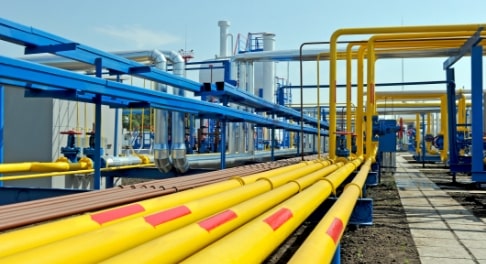


Call 020- 25467179 /
+91 8007602020
sales@sheetalwireless.com
admin@sheetalwireless.com
support@sheetalwireless.com
Head Office – Sheshadri Society, Opp. Kotak Bank, Rambaug Colony, Paud Road, Pune – 411038, Maharashtra, INDIA
Regional Offices – Mumbai | Kolkata | Bengaluru | Delhi | Kochi | Jamshedpur | Chennai | Bhopal | Ranchi | Ajmer | Hyderabad
Copyright © 2025 All Rights Reserved | Privacy | Designed By – Optimist Brand Design LLP